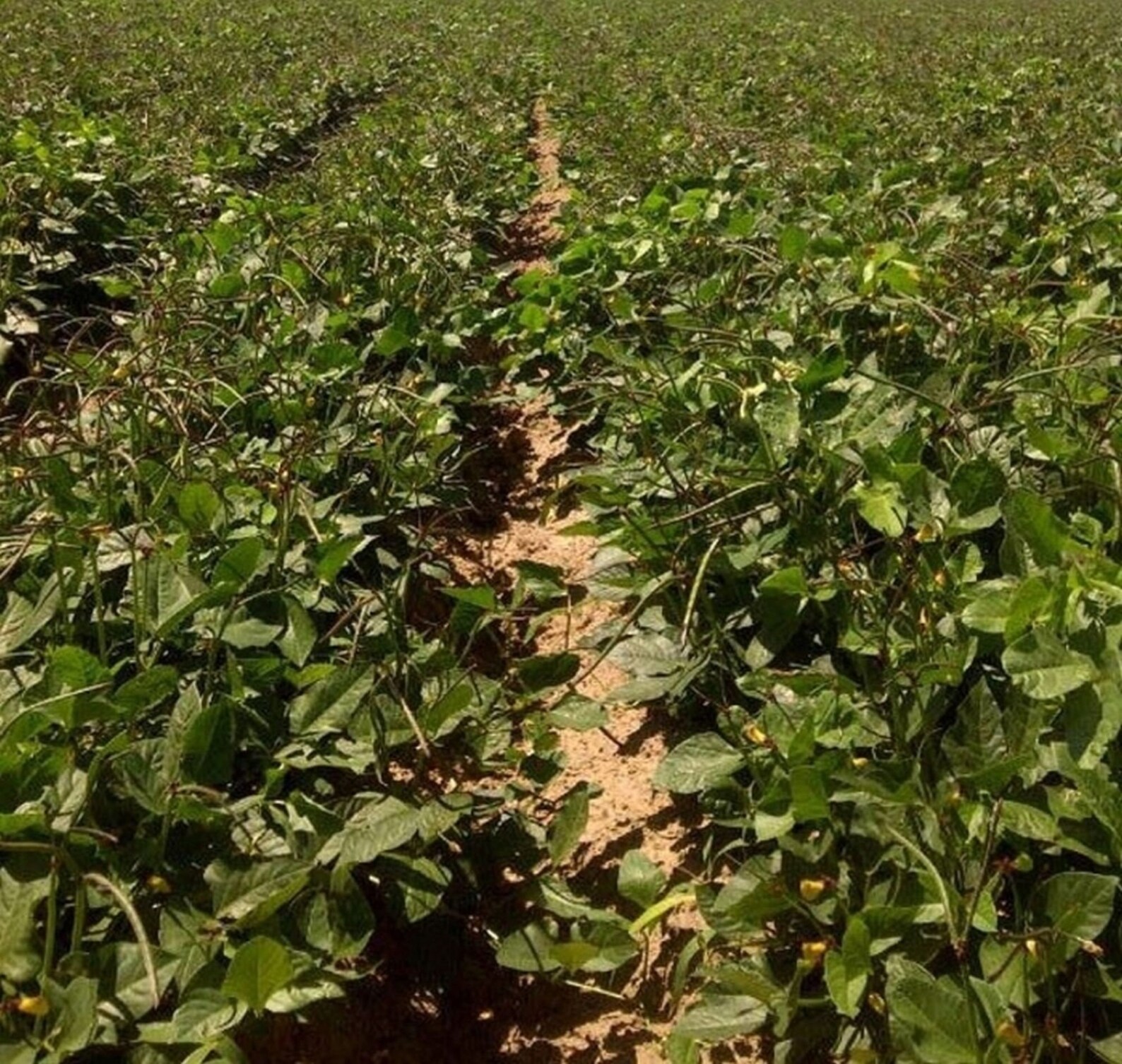

Once you have picked the peas, mow the vines, let them wilt and then plow the plants into the soil.

Peas will be ready to harvest in 50 to 85 days from planting, depending on variety. Elite and Top Pick are both non-vining varieties and suitable for mechanical harvest. Recommended varieties of cream peas would include Zipper Cream which is vining. Pods are white to light green at maturity and the pot liquor remains clear when cooking these peas. Magnolia Blackeye and Aube are recommended for mechanical harvest.Ĭream Peas are varieties with light green or white seeds that do not turn dark when cooked. Queen Anne, Magnolia Blackeye and Aube are non-vining recommended varieties. Their seeds have a characteristic dark eye. Vining purple hull varieties would include Pinkeye Purple Hull, and Mississippi Pinkeye Purple Hull.īlack-eyed peas are common at a traditional New Year’s Day meal. Non-vining varieties that are also top pick would include Quickpic, Texas Pinkeye and Top Pick Pinkeye. There are a number of purple hull varieties that can be classified as black-eyed and Crowder. As a child they were my favorite to pick because I could tell which ones were ready. Purple hull peas are varieties with pods that will turn purple as they mature. Recommended non-vining Crowder pea varieties would include Top Pick Crowder (red/purple pod) and vining varieties would include Mississippi Purple, Mississippi Silver, Mississippi Shipper and Dixie Lee. Seed are so tightly crowded and pressed against each other that they can dent each other. The non-vining varieties grow as a bush but if you add too much nitrogen, the non-vining varieties will vine.Ĭrowder peas are one of the favorites and are characterized as pea varieties that are closely spaced in the pod. In all four types there are vining and non-vining varieties. These varieties will produce pea pods above the canopy of leaves so a combine could easily harvest them, but they are also much easier to hand pick, especially when you broadcast seed. I personally like the top pick varieties that have been developed for mechanical harvest. Some varieties actually will fit into more than one category. Your choices are Crowder peas, purple hull peas, black-eyed peas and cream peas. There are four different types of southern peas and all would work well as a summer crop, it is just a matter of what you like to eat. Leave your rows up for good drainage but till them lightly for good seed bed preparation and then broadcast pea seeds. I would not worry so much about planting in rows. Southern peas are ideal because they thrive in the summer heat and require no extra fertilizer when grown behind another vegetable crop. This is a practice that any vegetable gardener can incorporate into their own garden and if you use southern peas, you can pick the peas before plowing in the vines.

In addition, a crop of peas will shade the garden soil and reduce broadleaf weeds and grasses. Growers use all types of legumes, such as clay iron peas, soybeans and southern peas that when plowed in will increase organic matter and will increase organic nitrogen. Peas have long been planted as a green manure crop that adds nutrients back into the soil. Now they are busy removing plastic mulch and getting ready to plant peas. The cool spring and lack of rain helped some growers to pick on to the end of May. Strawberries lasted longer this year than usual.


 0 kommentar(er)
0 kommentar(er)
